A compass and a lightning rod
In the late sixties, NASA commissioned research into its own people with the aim of finding its most creative minds – the problem-solvers they knew they needed, across many different programmes of work, to make the moonshot happen. A simple test was developed by Professor George Land that measured divergent thinking by asking people to come up with alternative uses for an everyday object – or for ideas on how to improve something familiar. They set a bar for creative genius – 2% of the staff they tested reached it. The test proved a success as it was predictive of performance.
It was such a simple test they thought they could use it to explore where creativity comes from, so they started testing kids, starting at age 5. The results astounded them. 96% of those kids met that genius-level high bar.
This became a longitudinal study, following the same kids as they grew up. Here’s what happened:
“What we have concluded,” wrote Land, “is that non-creative behaviour is learned.”
This is depressing but also a brilliant opportunity. There’s so much unexpressed creative potential in everyone around us. Education didn’t get rid of it, it just repressed it.
The liberation of creative potential is how we make the future we want to live in. There are no silver bullet solutions to the climate emergency, but there’s a web of anarchic, community-led answers and initiatives to spark and connect. These actions are not going to happen through top-down diktats, they are being developed on the ground, meeting local needs.
Here are some examples that inspire me:
They took over an old HSBC bank on Hoe Street in Walthamstow and started printing money. They sold it to fund community projects – and 50% went to buy up local toxic debt (you can buy debt for surprisingly cheap) which they then destroyed by putting it in a van and blowing it up.
The project was local, responding to the needs here, but has made waves globally. It makes you think about the financial system and ways that we can remake it and it does so with a huge dose of wit and mischief. Love it!
They are now working on energy solutions, putting the Green New Deal in place on their street.
Over the past few years, the Choose Love shop has popped up in Covent Garden in the run-up to Christmas. Everything you can buy there will go to a refugee – you leave with nothing except a good feeling. I love the ways this turns consumerism on its head. And it’s playful, not preachy.
On the power of a playful mindset, there’s a brilliant recent episode of Tim Harford’s Cautionary Tales podcast – the episode is called Fritterin’ Away Genius. It starts out mourning the wasted potential of Claude Shannon, the man who in his early twenties pretty much gave birth to and defined information theory. He did so through two thunderbolt papers – but after that point, he never hit those intellectual heights again. He was too busy juggling, building robots that would turn themselves off, finding ways to win at roulette… In short, he was wasting his time being playful rather than focusing and getting stuff done.
But as Tim explores him in more depth he comes to the view that this restless creative exploration was actually the key to his success. He could dip into things and quickly establish if there was anything there for him to find, if not – he’d drop it. This allowed him to range far and wide in his thinking and for him to find his thunderbolts. The lesson isn’t to be more focused and less playful – it’s to use play as a compass and a lightning rod.
Play and creativity are essential to make the revolution we need happen. Everyone needs to understand that they have an innate creative ability – and that as well as being a gift, it is a skill that can be honed. Here’s how I think we do that:
Use play to encourage and foster creativity in people of all ages
Encourage open-ended play – it’s the difference between colouring in (predetermined, algorithmic) and adding colour (unexpected, joyful)
Use play to explore and deepen individual creative gifts, to help people find their own ways to play
Build creative confidence
Show that everyone can play, give permission
Share accessible activities (fun, cheap, simple)
Have a clear separation between divergent and convergent thinking
Inspire “What if…?” thinking and action
That is why I’m making these Playfulness packs.
This and other recent ideas have aimed to have social relevance or push in the direction I’ve been talking about. They are tiny ideas but that’s where we start.
Some people will be brilliant at coming up with their own ideas, or making them – others will be geniuses at finding and forging links between projects. We need creativity in every sphere of life.
In the work we need to do now, to build the world we want to live in – there are so many creative opportunities – we need to make sure that as many people as possible have the mindset and skills required to take them on. Let’s deepen our own creative practice but also do what we can to unleash the potential in those around us.
What if…?
If you’d like to find out more about the Playfulness packs head here.






